You are here: Home » Impacts on Traffic
Impacts on Traffic
- GoTriangle’s own studies found no solid evidence offered that light rail will reduce congestion on our roadways in Orange County. GoTriangle’s own Environmental Impact Statement (EIS) makes no such claim. On the other hand, we have evidence from traffic studies that the light rail won’t help congestion appreciably. One example is the “Blue Hill” (Ephesus Fordham) 2030 traffic modeling study that projected that the light rail will reduce 2030 Fordham traffic by 6.8% — but this is after traffic grows from today by at least 50% in 2030 due to major developments all along Fordham Blvd where the light rail does not run — like Wegmans Groceries, UNC Healthcare in Eastowne and the Glenn Lennox complex to say nothing of all the new apartments in “Blue Hill”. Another example is the Route 54 Congestion Study that found the light rail made less that a 1% traffic improvement on Route 54 East.
- So why are we taking on this very expensive project? It appears that the driving purpose for the 3.5 billion dollar light rail project is economic development along the rail route and around station areas. While it’s possible that some areas in Durham County would see positive net tax revenues, after municipal service costs are factored in, no such opportunities are to be found in Orange County. Four of the transit stops (UNC, Mason Farm, Hamilton and Friday Center) are located on UNC property, and UNC property is not taxable. Of the remaining station stops, Hamilton is already redeveloped and is constrained by the UNC Finley Golf wetlands as is the Friday Center. Woodmont Station offers room for a small project, but is located in Durham County, as is the Gateway Station.
- What kind of building projects are already underway in Durham? Most all the development is high density, high profit market rate residences. GoTriangle’s Environmental Impact Statement’s predicted this trend toward gentrification with the consequential loss of existing affordable residences when this low cost housing near many station locations is redeveloped. The GoTriangle consultant acknowledged to the Chapel Hill Town Council at a late Spring 2017 meeting that any replacement affordable housing would need to be bought and paid for through additional public investment.
- Will transit oriented development work in Chapel Hill?
- Will economic transit oriented development produce enough net revenue to pay for critical 2030 traffic remediation and new affordable housing units?
- It doesn’t look likely. Read the Environmental Impact Statement (EIS) here.
- 2030 Future Conditions Modeling for greater Blue Hill area established that if the Town spent $42 million dollars in 2017 on the following projects, traffic congestion along Fordham Blvd mobility could be maintained at levels no more congested that conditons today by adding the following:
- Two super streets, 17 intersection lane improvements with stacking lanes, and two traffic circles totaling 25,000 feet of new pavement
- Two pedestrian/bicycle bridges across Fordham (near Mariakakis) and Franklin (near Eastgate Crossing)
- Twenty bicycle and pedestrian greenway and sidewalk connections
- Four new buses running 12,000 hours of new service.
- Paying for the above items over 20 years will take all the new combined property tax generated from over $100 million (around 500,000 sq ft) of new Chapel Hill, Orange County and Chapel Hill/Carrboro School property tax revenue generated from around $150 million of new assessed valuation with these revenues dedicated solely to the above costs, not including the municipal costs to service the new properties. Services costs for the new properties will need to come from increased residential property taxes.

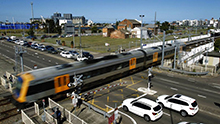
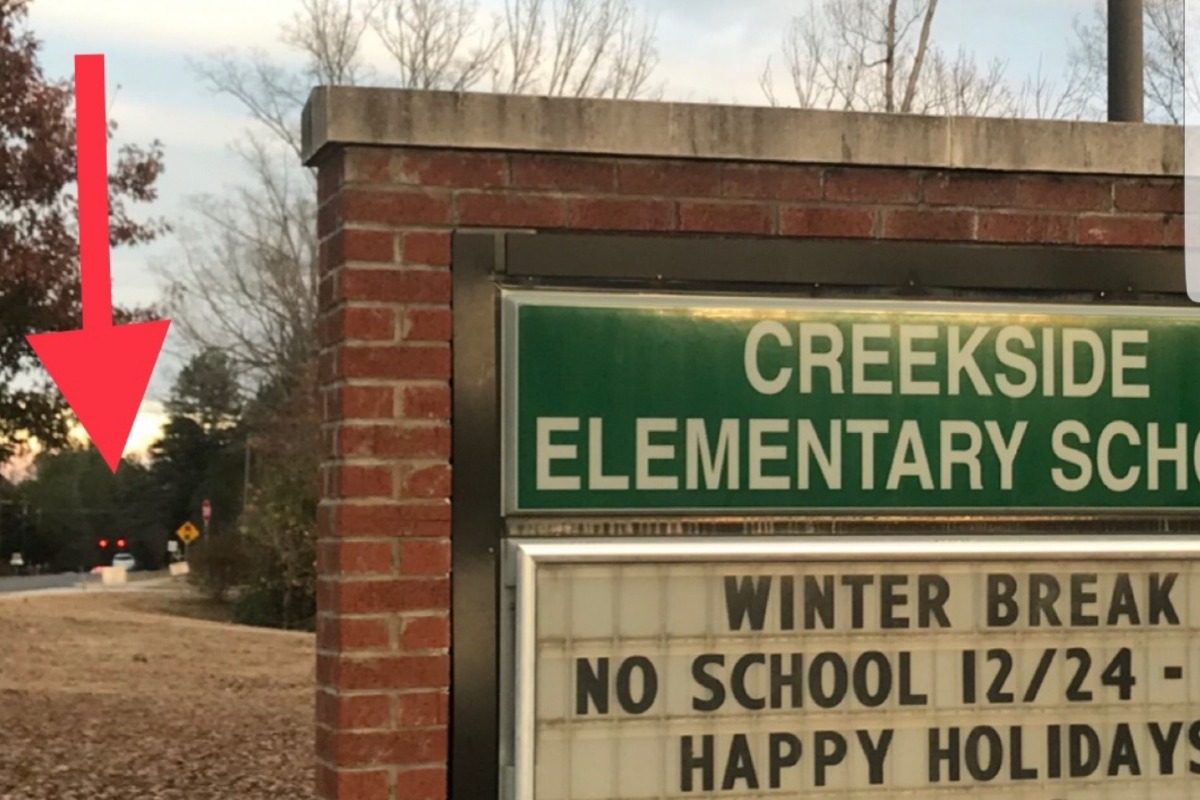


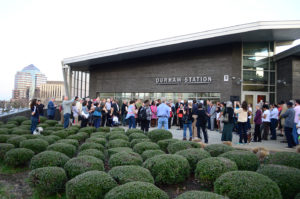
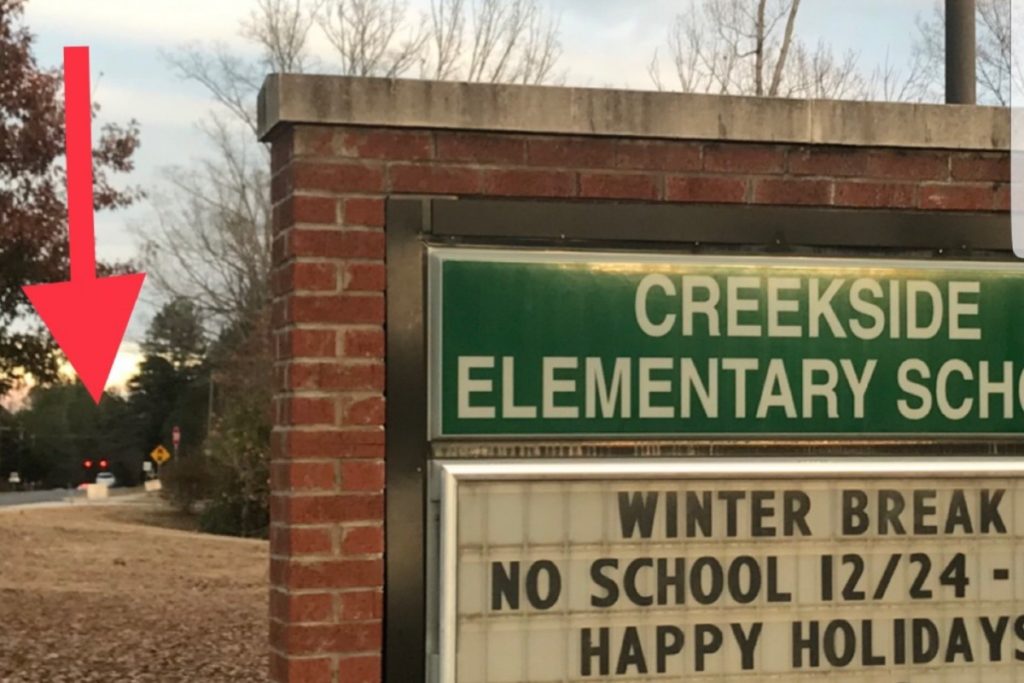

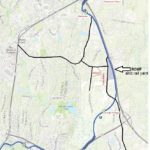

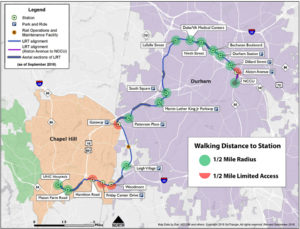
Follow Us